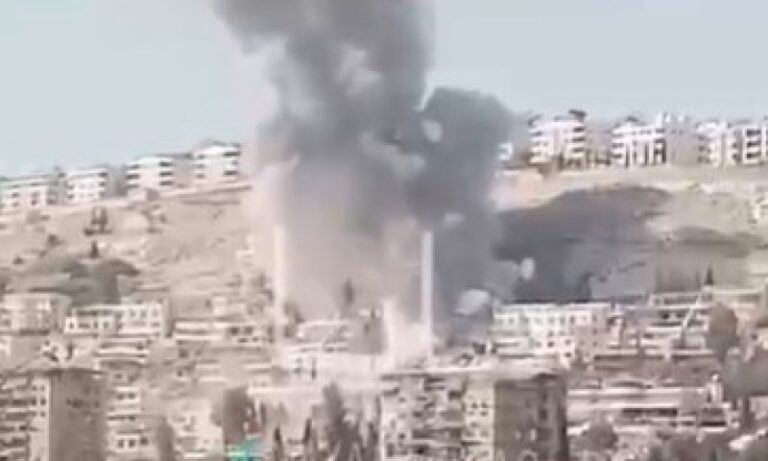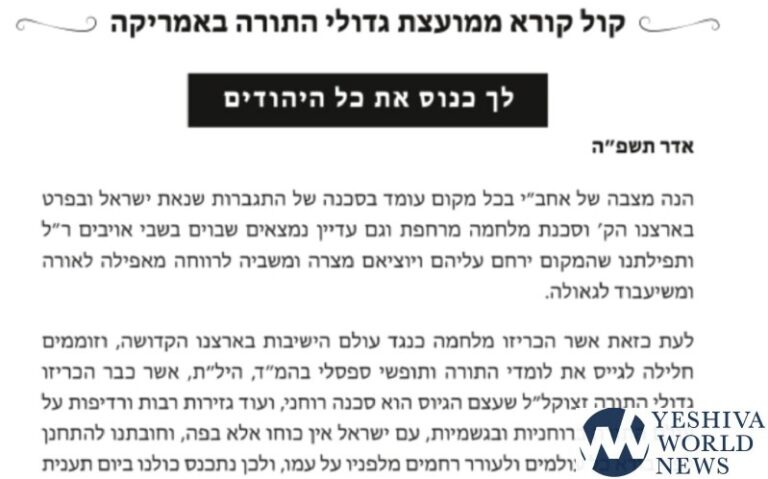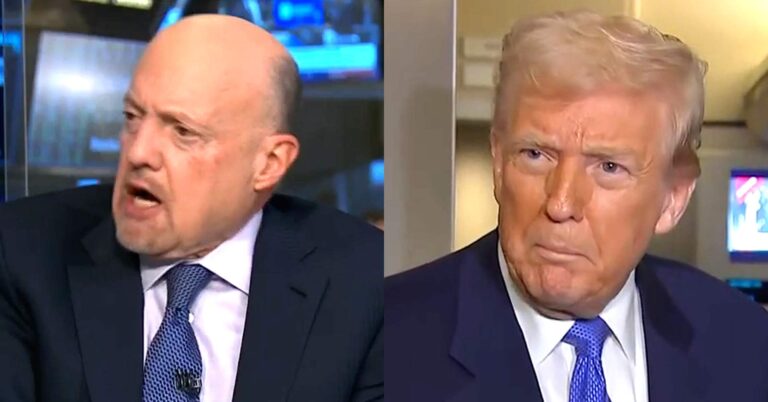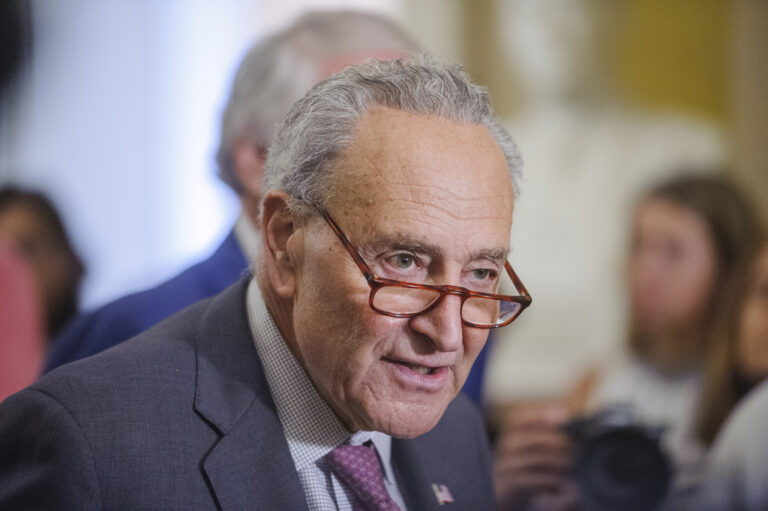President Donald Trump will use a nationally televised address to outline for a war-weary nation the strategy he believes will best position the U.S. to eventually declare victory in Afghanistan after 16 years of combat and lives lost.
The speech Monday night will also give Trump a chance for a reset after one of the most difficult weeks of his short presidency.
Trump tweeted Saturday that he had reached a decision on the way forward in Afghanistan, a day after he reviewed war options with his national security team at a meeting at Camp David, Maryland. The president offered no clues about whether he would send thousands more U.S. troops into Afghanistan or exercise his authority as commander in chief to order that they be withdrawn from America’s longest war.
But signs pointed in the direction of Trump continuing the U.S. commitment there.
The top U.S. commander in Afghanistan on Sunday hailed the launch of the Afghan Army’s new special operations corps and declared that “we are with you and we will stay with you.”
Trump scheduled a 9 p.m. EDT Monday address to the nation and U.S. troops stationed at the Army’s Joint Base Myer-Henderson Hall. Next door to the base is Arlington National Cemetery, the final resting place for many of the U.S. troops who died fighting in Iraq and Afghanistan.
It will be Trump’s first formal address to the nation outside of his late February speech to a joint session of Congress. And it follows one of the most trying weeks for the president, who generated a firestorm of criticism after he appeared to equate neo-Nazis and white supremacists with the counter-protesters who opposed them during a deadly clash, with racial overtones, two weekends ago in Charlottesville, Virginia.
Trump blamed “very fine people, on both sides” for the confrontation in which a woman was killed and more than a dozen people were injured. The comments triggered rebukes from elected and former elected leaders in both political parties, and corporate leaders signaled a lack of confidence in Trump by resigning from a pair of White House advisory boards, among other expressions of dissent over his comments.
In Afghanistan, Gen. John Nicholson’s comments suggested the Pentagon may have won its argument that U.S. military must remain engaged in order to ensure that terrorists aren’t again able to threaten the U.S. from havens inside of Afghanistan.
Nicholson, who spoke before the announcement about Trump’s speech, said the commandos and a plan to double the size of the Afghan special operations forces are critical to winning the war.
“I assure you we are with you in this fight. We are with you and we will stay with you,” Nicholson said during a ceremony at Camp Morehead, a training base for Afghan commandoes southeast of Kabul.
The Pentagon was awaiting a final announcement by Trump on a proposal to send in nearly 4,000 more U.S. troops. The added forces would increase training and advising of the Afghan forces and bolster counterterrorism operations against the Taliban and an Islamic State group affiliate trying to gain a foothold in the country.
The administration had been at odds for months over how to craft a new Afghan war strategy amid frustrations that the conflict had stalemated some 16 years after the 9/11 terrorist attacks.
The Afghan government controls just half of the country and is beset by endemic corruption and infighting.
The Islamic State group has been hit hard but continues to attempt major attacks, insurgents still find safe harbor in Pakistan, and Russia, Iran and others are increasingly trying to shape the outcome. At this point, everything the U.S. military has proposed points to keeping the Afghan government in place and struggling to turn a dismal quagmire around.
Defense Secretary Jim Mattis, who visited Afghanistan over the weekend, declared himself satisfied with how the administration had formulated its new strategy. But he refused to discuss details before Trump’s announcement.
Afghan military commanders have been clear that they want and expect continued U.S. military help.
Among elected leaders in the U.S., opinions were mixed about America’s future role in Afghanistan.
Ohio Gov. John Kasich, who last year challenged Trump for the Republican presidential nomination, favors withdrawing the approximately 8,400 U.S. troops currently in Afghanistan — not sending in more.
“I think we should begin to leave and then I think we should reserve the opportunity and the right, with proper basing of our forces in the region, to be able to strike, if we think that there is an effort being made to create another launching pad,” Kasich said Sunday on CNN’s “State of the Union. “But just to stay there after 16 years, I want our people to be able to come home.”
Sen. Tim Kaine, a Virginia Democrat and member of the Foreign Relations Committee, said he was more interested at this point in hearing Trump’s overall plan before any talk about troop levels.
“The troop strength question is sort of the cart before the horse. The real question is what is our strategy?” Kaine said on CBS’ “Face the Nation.” ”And then when you lay out the strategy, then the troop strength question can kind of answer itself.”
(AP)











